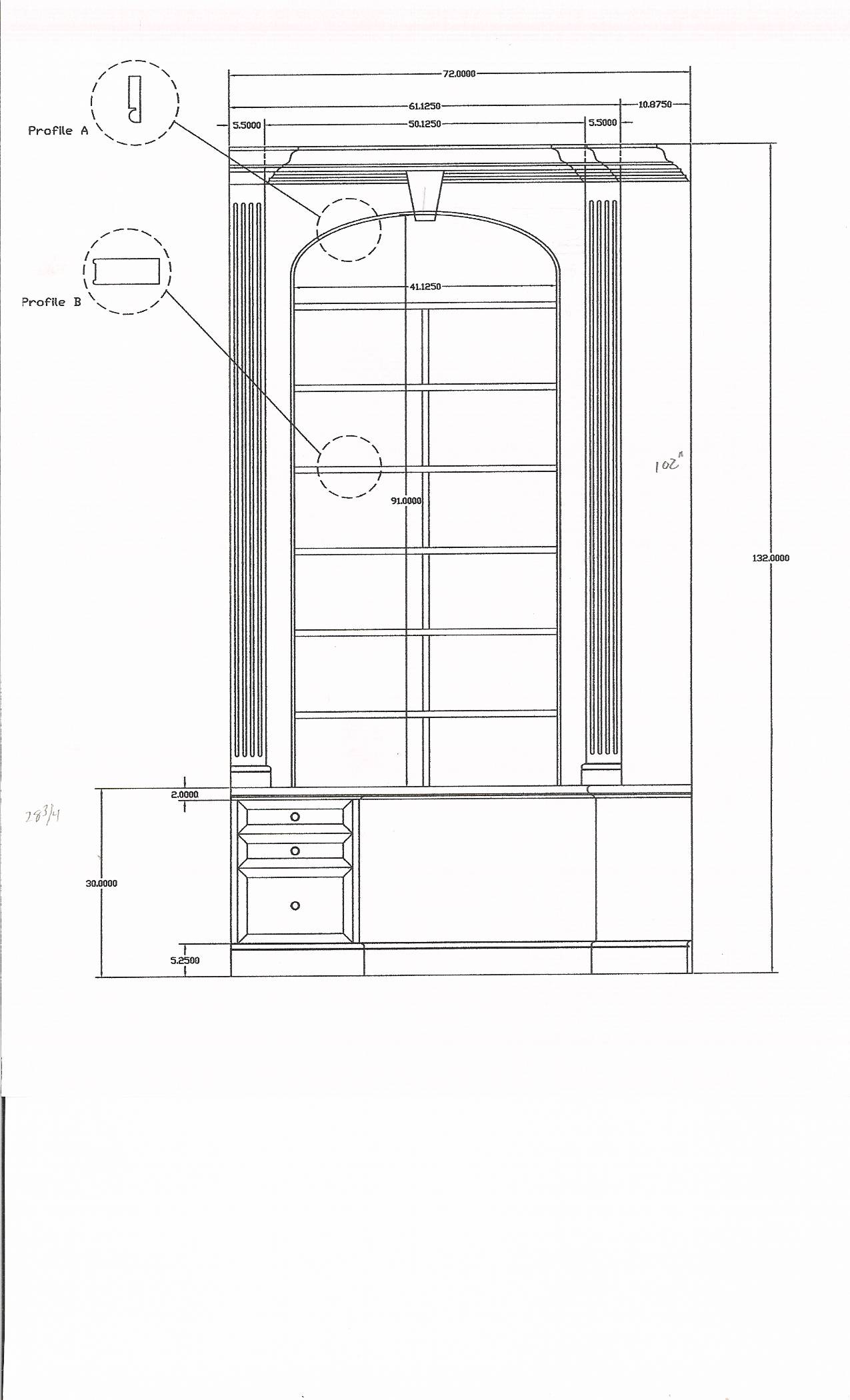Question
Tooling guys are telling me that I need to put rounds where rails meet stiles or jambs meet heads or sills. These rounds need to have a minimum radius of 1.5mm. One reason for this is that paint will not adhere to perfectly square edges. Also, if the joint edges are left square, they will inevitably crack, whereas they wouldn't if the edges were rounded.
We have always left the joint edges square, as we have always supplied our windows untreated. We have never had any cracked painted joints. At present we think a flat joint would look nicer than a rounded joint, and we're finding it hard to come to terms with using rounds. We know that other joinery manufacturers still manufacture flat joints like us.
The argument of rounded joints may stand up to the exterior side of a window or door, but what about the internal side? Does the internal side need to have rounded joints as well or could it be left square, as there are no weather elements directly hitting it?
I have to arrive at a decision for this dilemma, as we have just started finishing our windows and we are ordering new tooling. Rounds or no rounds? Any comments would be appreciated please.
Forum Responses
(Solid Wood Machining Forum)
From contributor N:
Well, you don't "need" to do this. I think you've hit on most of the obvious pros and cons, i.e. the rounded joints mask poor fit, movement problems and cracked paint, but give you a very particular, non-traditional look that exaggerates joints in a way I think is rather tacky. I've seen this done on the rail/stile joints of some major-manufacturer kitchen cabinet doors, but not on windows and certainly not in all the places your tooling guys are telling you to do it. The idea of doing it where jambs meet head or sill strikes me as crazy-talk.
I have made sure the tooling we are buying will have removable rounding cutters to give us the ability to have rounds or not. We will give the customer the choice, but I will be in favour of rounds.
Our tooling man suggested filling the round with filler to make it flat as an alternative. Apparently a firm called Technos makes a special filler for this purpose. For this filler to work it would have to be flexible, otherwise it would just crack. I imagine mastic might work if the window is being painted.
